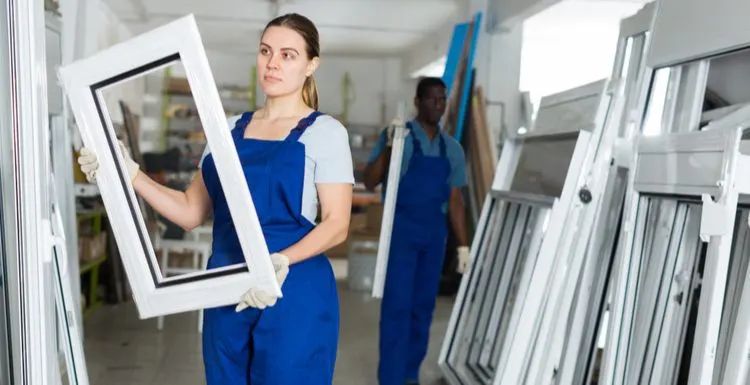If you can feel a draft coming into a room through the windows or the afternoon sun is turning your living room into an oven, it’s time to consider replacement windows.
The best replacement windows depend on your house, preferred style, and frame material.
Additionally, consider whether you want a replacement window exactly like the previous one or if you would like to upgrade.
These decisions can help narrow down your search and also impact the final price.
Best Replacement Windows Overview
The best replacement windows come in all shapes and sizes. What works for one house may not work for another. So, don’t feel tempted to buy the most popular or highest-priced model.
Perhaps your windows were already fairly new, and a stray baseball or a distracted bird damaged one. In that case, you may only want one replacement window that matches the others throughout your house.
In that case, keep your existing style of windows in mind as we go through the following replacement considerations:
On the other hand, if you notice a draft coming into multiple rooms or a general window deterioration, you may wish to replace all your windows.
You can take this opportunity to upgrade your windows and change the style, or you can stick to the preexisting style.
No matter your reason for window replacement or how many you wish to replace, consider the following points to find the best replacement windows for your home:
Types of Windows
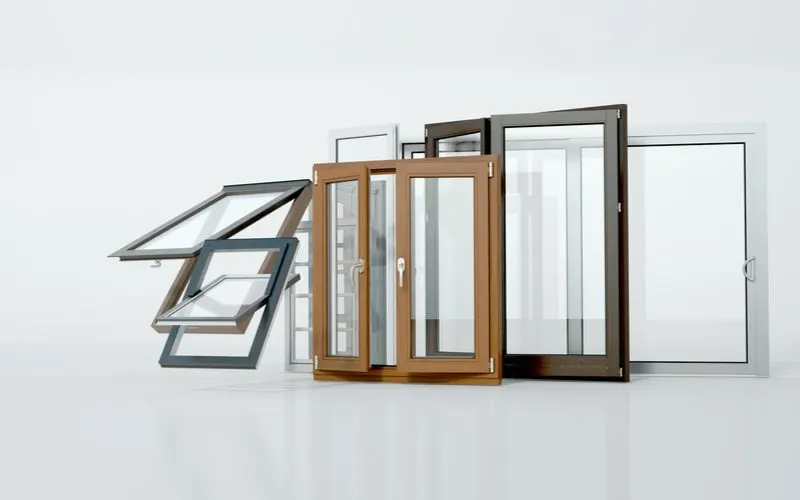
Franck Boston/Shutterstock
When looking for a window replacement, the place to start is what you want it to look like.
What kind of style fits with the room and existing furniture? Do you want to be able to open the window, or is it more decorative?
Here are several kinds of windows to consider:
- Single-hung windows: Only the bottom section of the window moves vertically.
- Double-hung windows: Both the upper and lower sashes can move vertically to open the window. Additionally, the sections may open to the outside.
- Awning-style windows: When open, these windows look like awnings. They open outward at the bottom of the frame.
- Casement-style windows: These windows hinge at the top or side of the frame, allowing the windows to open outward like awning-style windows. They often have one large pane of glass for unobstructed views. Plus, you can easily clean casement-style windows and enjoy better ventilation when opened fully.
- Fixed windows: As the name implies, they’re usually single panes of glass designed for the view and not ventilation. You can’t move them up and down, but they’re completely airtight, so there’s no need to worry about leakage.
- Hopper windows: These hinged windows are the exact opposite of awning-style windows because they open into the home. They’re great for ventilation and cleaning. Most only have a single pane of glass that rests snugly against the window frame.
- Picture windows: If you have an incredible view from your house, a picture window may be a great addition. They’re a type of fixed window that’s much larger than your typical window. They have no dividing frames, providing an incredible view.
Of course, there are many other types of windows, but this list can get you started.
Window Frame Materials
When thinking about replacing windows, the glass and style aren’t the only things to consider.
The frame around the window is just as important. The proper frame material can improve your window’s longevity, quality, and look.
Wood
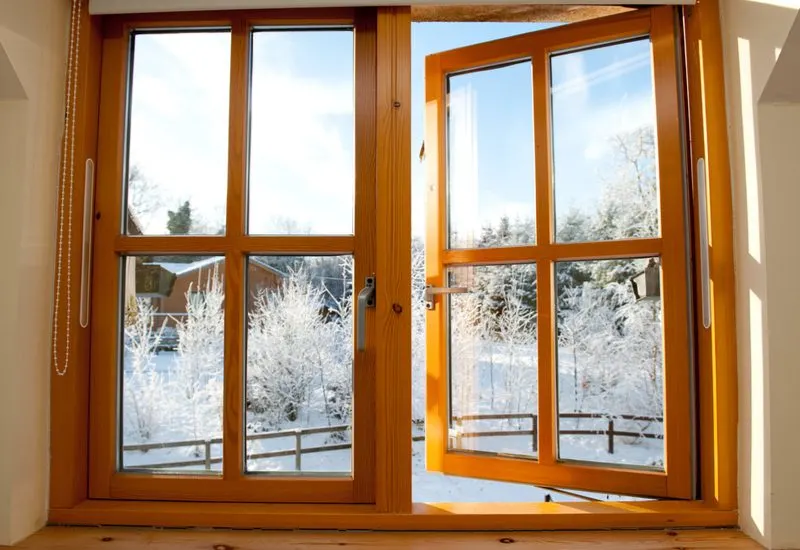
CTatiana/Shutterstock
While beautifully made, solid wooden window frames are increasingly becoming a thing of the past.
Wood is expensive and environmentally damaging. Wood generally just isn’t the go-to material for windows nowadays.
If your previous windows had wooden window frames, you could choose to continue with wooden frames. Some home styles also fit well with wood, but keep in mind the required upkeep and added cost of the frames.
Vinyl
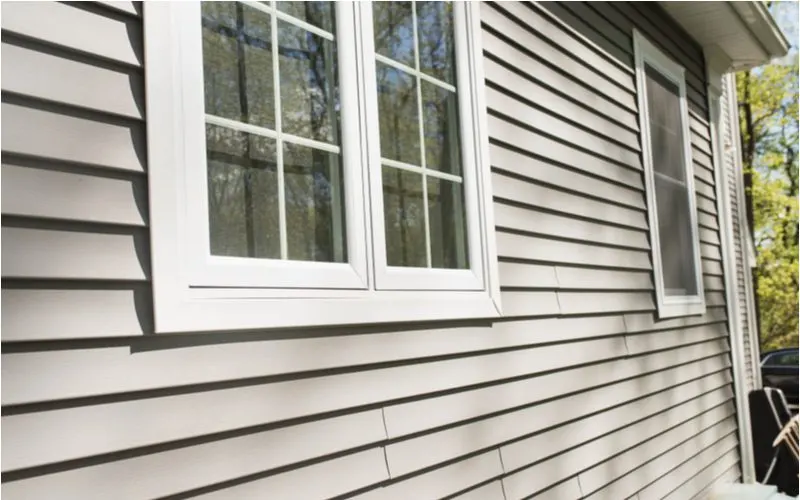
Michael Moloney/Shutterstock
Vinyl or composite frames are the most common kind of frame in today’s homes. They’re cheap, but they usually only come in white.
And they’re often found in standard sizes. Keep that in mind if you’re looking to color-coordinate your windows or do something special with the outside look of your house.
Composite
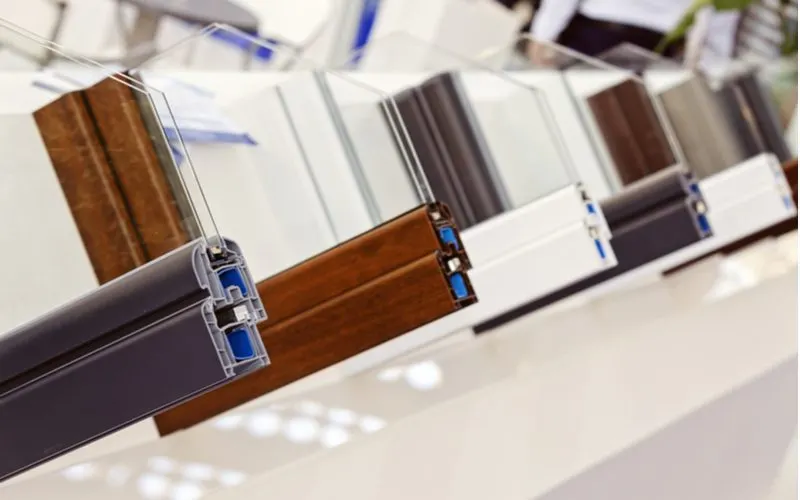
Vladimir Nenezic/Shutterstock
If you were hoping for beautiful wooden frames, composite window frames might be the perfect combination of aesthetics and utility.
Composite frames may include fiberglass, laminated wood, or a combination of wood fiber and plastic. The final result often looks like solid wood window frames.
While not nearly as common as wood and vinyl, the selling point of these windows is that they’re stronger than vinyl.
You can also easily paint them, so you have more options if you’re hoping to change the look of your window frames.
Window Glazing
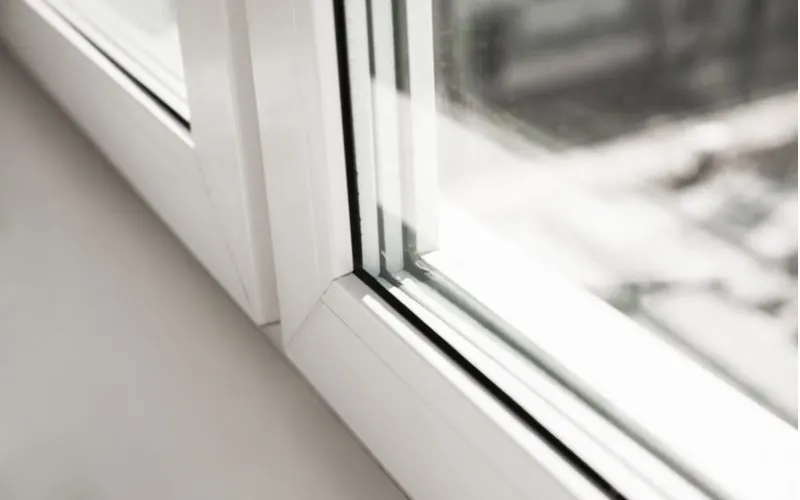
Ninimf/Shutterstock
Western or eastern-facing windows let in plenty of sunlight and light up a room.
However, without proper glazing, these windows can turn your house into an oven and affect your AC bill.
Glazing refers to using multiple panes of glass in window casings. These panes form an airtight seal between the panes, and manufacturers often insert Argon gas in that space.
This design serves two purposes:
- First, it slows the heat transfer from ambient sunlight, letting in the light but not the heat. Not only does this help save you money on your energy bill, but it also lets you enjoy the afternoon or early morning light without feeling the heat.
- Second, glazed windows keep noise levels down by deadening sound waves either going outside or coming inside.
If you have windows that let in significant sunlight, glazing might be necessary for your replacement windows. Depending on your budget and the local climate, you can choose between various types of glazing.
The most common kind of glazing is double glazing, which has two window panes with air in between.
You can also consider triple-glazed windows, which have three window panes and two pockets of air. These windows may be perfect for more extreme clients or noisy environments, like houses near an airport.
Of course, the extra pane and air pocket cause the price to increase. Another thing to consider is filling the space between the windows with an inert gas like Argon. This process improves the window’s efficiency, but it’s more expensive.
Filling that space with only air should be fine unless you live in an extremely cold, hot, or loud environment. Otherwise, the cost will likely outweigh the benefits.
Frequently Asked Questions
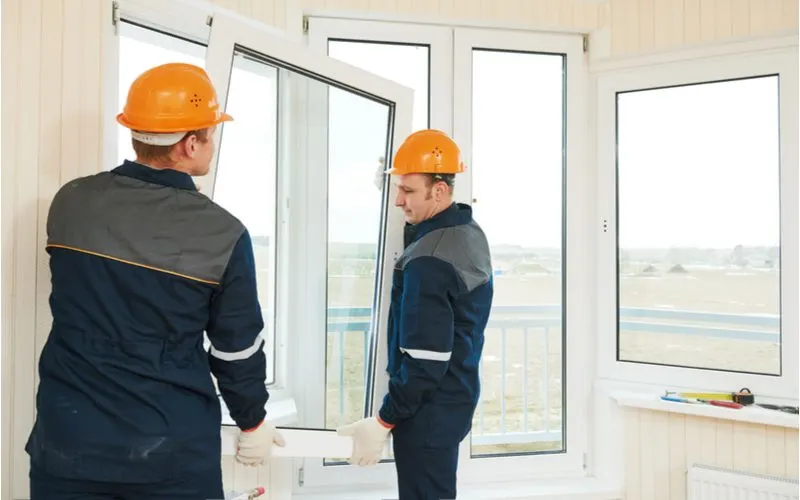
Dmitry Kalinovsky/Shutterstock
Replacing your windows is a significant investment, not one to take lightly.
As such, you likely have more questions before committing to finding the best replacement window.
We’ve included some answers to a few of the most common questions from consumers looking for new windows.
How Much Does Window Replacement Cost?
The overall cost varies widely simply because of all the options when it comes to windows. Geographic areas will also create some mild differences in prices.
At the very least, you can plan on paying about $150 per window for single-hung vinyl windows. That’s a complete no-frills estimate from a vendor like Window World.
Natural wood will drive up the price, and glazing will send prices soaring. At the high end, it can cost well over $1,000 per window if you’re looking to put in large picture windows and buy from a vendor like Marvin.
How Long Will It Take to Get New Windows?
The first step in replacing windows is ordering them. The timeframe between choosing your windows and seeing them arrive at your house can vary widely based on how many windows you have to replace and the type of window.
Whether you order them online or select them at your local hardware store, you may need to wait several weeks for them to arrive.
If you ordered specialty windows, it could take up to 7 weeks for them to come from the factory. For simple vinyl windows on a standard framed house, you may see them in as little as four weeks.
How Long Will It Take to Replace My Windows?
On average, a typical home will have about 20 windows of different sizes ranging throughout the house. And generally, each window takes between 40 and 60 minutes to replace.
Most companies will have a window replacement team that can replace between 10 and 15 windows on any given day. If you’re lucky, you might be able to get all the work done on an average house in one long day.
How Intrusive Is Window Replacement?
Even if you have the cleanest, most efficient crew in the world, replacing all the windows in your house is going to get a bit messy.
The workers are going to have to knock out old dusty frames, scrape the old paint and glue off the window casements and do a fair amount of sanding and painting.
For at least a few days, you’re going to be dealing with a lot of dust. In some cases, your house may be open to the elements as your new windows get set in place.
The good news is that it’s a fairly quick job, so you won’t be dealing with a huge mess for very long. Plus, if you only want to replace one window, the job will be much less intrusive and messy.
What Does an Energy Star Rating Mean?
Windows with an Energy Star rating come from an Energy Star partner manufacturer.
Each window has received certification from the National Fenestration Rating Council (NFRC), proving that the windows meet some pretty stringent energy efficiency guidelines.
When you get Energy Star rating windows, they’re better at keeping the elements where they belong – outside. These specialty windows come with a cost. Still, if you do the math correctly, Energy Star windows will pay for themselves over time through energy bill savings.
So, What’s the Best Replacement Window for You?
We hope we’ve given you the information you need to find the best replacement windows for you.
At the very least, you should be able to ask all the right questions that will get you some new windows that will make your house look great, provide great views, and help you stay comfortable in summer and winter.

